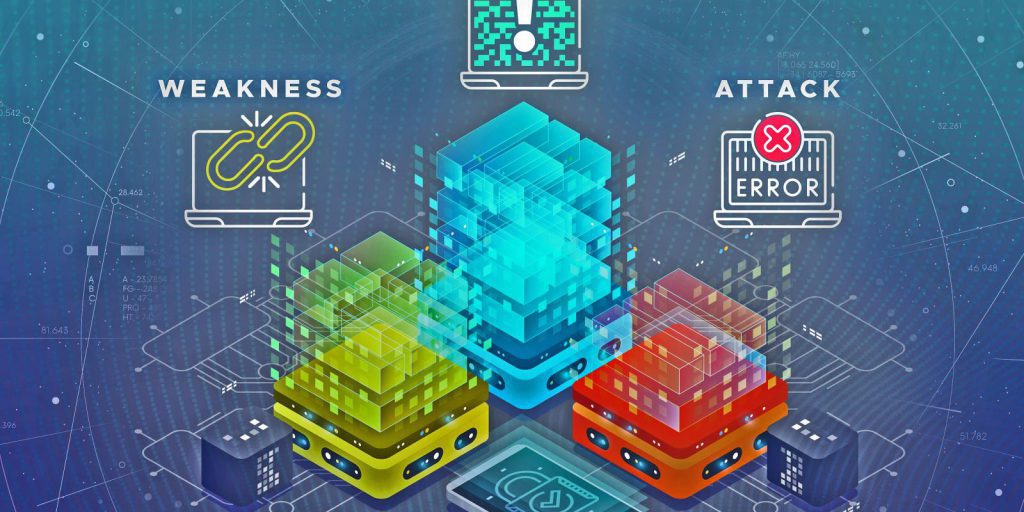RICHLAND, Wash.—Imagine you’re the new manager of a large apartment building and someone has stolen one of your keys—but you’re not sure which one. Was it to a first-floor apartment? The mail room? Maybe it’s a master key to all the units.
All locks are vulnerable, as far as you know, and you’ll need to change every lock to be completely secure.
But if you knew exactly which key went missing, you could target your efforts, changing just the relevant lock and eliminating the threat posthaste.
Multiply that problem thousands of times over and you’ll understand what cyber defenders grapple with. There are more than 213,800 available known “keys”—unofficial entry points into computer systems, better known as vulnerabilities or bugs—and they’re already in the hands of criminals. There are likely many more that are not known. How can all the threats and attacks be tracked, prioritized, and prevented?
That’s impossible for any one person or team. While computer analysts share leads by feeding information into multiple databases, they don’t have a map of how adversaries might use most of those bugs to wreak havoc.
Now, a team of scientists at the Department of Energy’s Pacific Northwest National Laboratory (PNNL), Purdue University, Carnegie Mellon University, and Boise State University have turned to artificial intelligence to help solve the problem. The researchers have knitted together three large databases of information about computer vulnerabilities, weaknesses, and likely attack patterns.


